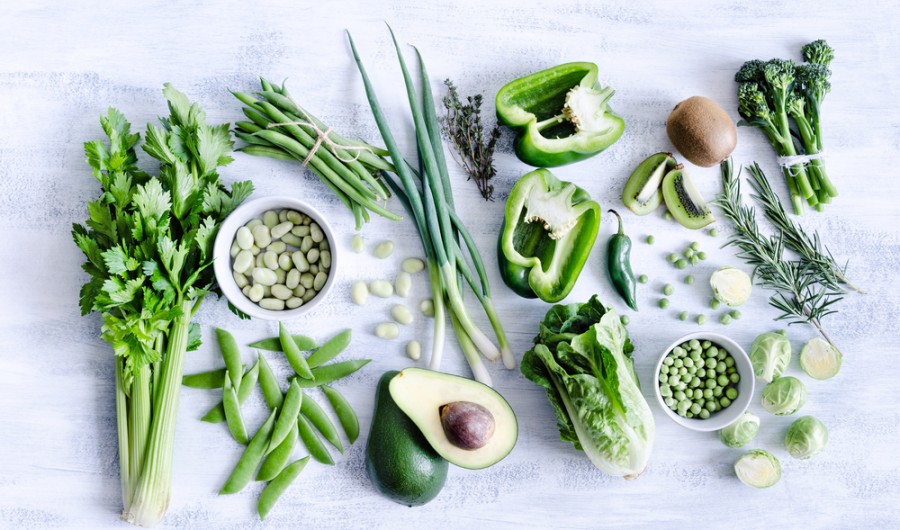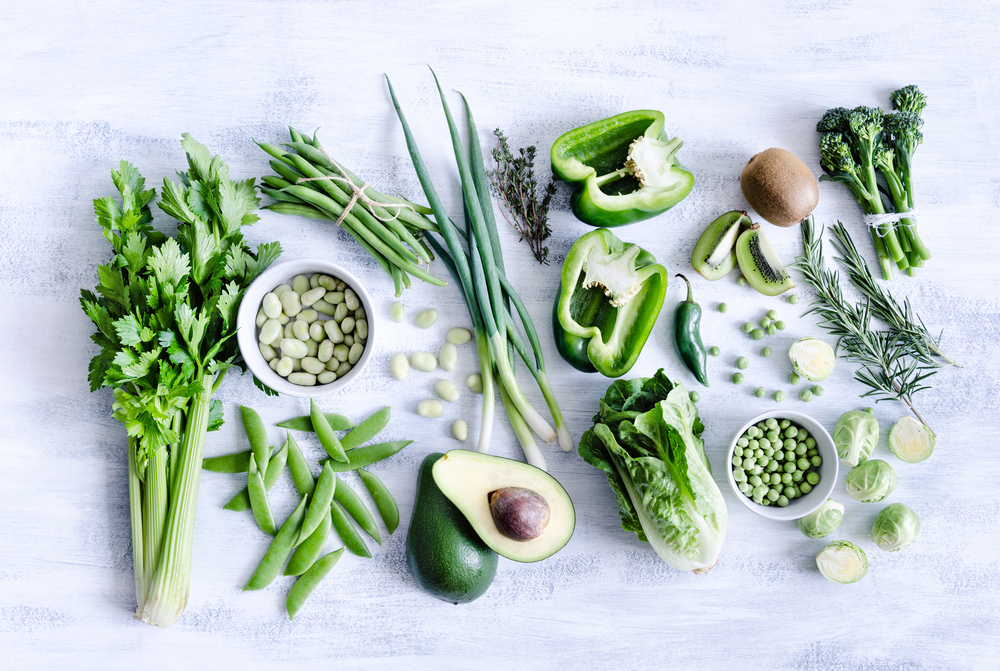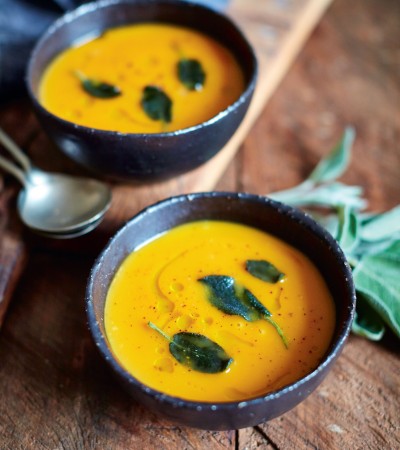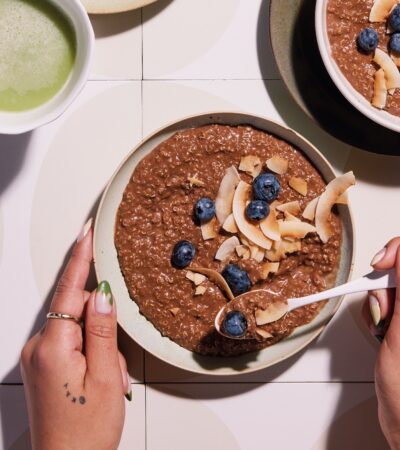The raw food movement is one which has steadily been growing in popularity and the capital’s increasingly innovative and diverse food scene is now home to a number or restaurants dedicated to only serving up the raw stuff.
Sometimes called “living foods”, eating raw is defined by consuming food that hasn’t been heated above 42 degrees or processed in any way. It’s easy to imagine those that live the raw life are all bright-eyed, dewy skinned, slender and are holier-than-thou. Now, whilst I am a firm believer that foods left in their natural state remain packed full of nutrients and enjoying a diet of natural, unprocessed foods is one to be hailed, I do want to draw attention the the fact that consuming raw foods may not be suitable for all.
When we cook foods using heat a complex series of physical and chemical changes occur. These changes are dependent of the type of food and method. Disadvantages can be attributed to reducing the nutrient value, or generating undesirable compounds (think burnt foods on the BBQ). However, there are advantages too. So before you decide which camp you belong read on;
1 – Raw foodies could be putting themselves at risk of serious bacterial infections. Just last week Wahaca was forced to close several branches as more than 350 fell ill.
2 – By cooking foods appropriately (blanching, steaming, sautéing and or roasting) we can extract more nutrients. If you have thyroid concerns it’s recommended that cruciferous vegetables such as broccoli, Brussel sprouts, and kale, are lightly cooked due to their ability to suppress thyroid hormone production when eaten raw.
3 – Cooking can deliver more energy than raw. Allowing for growth, maintenance and reproduction. Harvard researchers have shown that cooked meat provides more energy than raw, suggesting humans are evolutionarily adapted to take advantages of the benefits of cooking.
4 – Our bodies aren’t always the perfectly efficient digestion machines we may assume they are. If you have hypochlorhydria (low stomach acid), a symptom often attributed to experiencing prolonged periods of excessive stress, your body may not be able to breakdown raw vegetables. Raw veggies contain cellulose, a fibre that is poorly digested by humans. For many their digestive systems are simply too weak to digest raw foods in spite of all their natural enzymes. If you experience gas, bloating or abdominal pain after eating a raw meal you may need to address your HCL levels by easing off the crudités whilst you embarking on supporting your digestive health.
5 – Raw fermented vegetables like sauerkraut, kimchi and live pickles, can save the day as not only does the fermentation process “pre-digests” them, resulting in easier absorption, fermented vegetables also contain beneficial probiotic bacteria that can help heal the gut. An excellent alternative for those with gut issues.
It’s not all doom and gloom as there are a few vegetables which are high in soluble fibre, but low in insoluble fibre, making them safer to eat raw for those that have gut issues. These include carrots, beetroot, cucumber and squash (so no need to throw away that spiralizer just yet).
Do remember you are unique and it’s important to get into the habit of listening to your body in order to establish what makes you thrive and what is best left avoided.
words by Kathryn Fielding
Hip & Healthy Ambassador
Nutritional Therapist DipION, mBANT, CNHC Registered
Yoga Teacher
@kathryn_fielding














